HUL’s move on ads aimed at kids could lead to more responsible advertising
Hindustan Unilever Limited (HUL), the single largest advertiser in the country, recently decided to limit its advertising and marketing operations to kids below the age of 16 years from next year onwards. This has been done in the midst of increasing surveys on how the products which are high in salt, sugar and fat are marketed to kids under the age of 16 years by the food and beverage market. The brands under HUL which will start following the above mentioned guidelines are Knorr soups, ready-to-cook mixes and instant noodles, Horlicks health drink, Hellman’s, Kissan squash, jams, Magnum and Kwality Walls ice-cream, Boost and others. This is a major move as the audiences, especially children, are used to watching advertisements featuring children or with kids influencers in advertisements by the mentioned brands.
Click here to attend IMAGEXX 2022
Commenting on the development, Nikita Bhate, Business Director - Digital Integration (Strategy) at Chimp&z Inc, said, “I don’t feel that kids are necessary for every campaign to make the content more appealing or relatable. There are a lot of ways that will make content travel and increase the virality of the campaigns. In fact, it will give HUL more creative freedom and liberty to explore different communication routes while giving the audience some fresh content to look at. This is the time when their creative and content strategy will be changed primarily targeting parents and adults. As we know, parents will play a huge role in influencing kids’ eating habits, we can expect HUL to take a small hit on their sales and annual revenues.”
It is uncertain how the change will be accepted, though parents have always stressed on conscious consumption, which is affected by exposure to catchy advertisements. “Young children are in a development phase and are not fully capable of understanding the persuasive character hidden in advertising messages. Very young kids are unable to even distinguish advertising from media content. Until about 8 years of age, they mix fantasy and reality. So, most advertising to kids is tantamount to exploiting their innocence for commercial gain,” remarked Lloyd Mathias, Independent Director and well known marketer.
HUL has also stated that it is not going to use kid influencers or even influencers who have kids followers to advertise for its products. This will be followed across all media channels, including digital platforms. Unilever has announced the prohibition of the marketing of food and drinks to children below the age of 12 years through mainstream media and to children under the age of 13 years through social media in the year 2020.
"Clause III.2 of the ASCI guidelines requires that advertisements that are geared toward children need to strictly ensure that the messaging does not contain anything, in illustration or otherwise, that might result in mental, physical or moral harm or which exploits their vulnerability. In addition, the ASCI food and beverage guidelines require ads to be mindful of the role of parents when it comes to choices for children" said Manisha Kappoor, CEO of ASCI.
Naresh Gupta, CSO and Managing Partner, Bang in the Middle, pointed out, “HUL is among the signatories to the European Advertising Standards Alliance, a body like our ASCI and all the signatories that include Unilever have agreed to not advertise to kids under 16 and feature them. EASA membership have developed additional rules aimed at protecting children, including recommendations to not advertise products to children that are deemed unsuitable, such as alcoholic beverages, gambling, or foods and drinks that are high in fat, sugar and salt.”
He further said, “Nestle was the early mover when it stopped targeting teens in Maggi advertising and many more products. Unilever has finally brought that practice to India, and they need to be applauded.”
Mathias called HUL’s decision not to target kids with advertising as progressive and a step in the right direction. “As India’s largest consumer goods company, it is only appropriate that HUL takes the lead on this. Hopefully this will trickle down to other brands. Of course, the true effectiveness of this would depend on how the restrictions will be implemented,” he added.
Other brands such as Coca-Cola have certain restrictions such as not placing ads in media whose audience comprises of over 35% of children below the age of 12 years. Mondelez has the restriction of showing advertisements featuring kids under eight years of age only under the supervision of parents with conscious eating principle. On the other hand, Nestle has the restriction of not putting any outdoor ads within 50 metres of a primary school, kindergarten, playground where there are children, except for those products that are in nutritional alignment with its policy. Several brands took the ‘India Pledge’, which is aimed at prohibiting advertisements targeted at children under the age of 12 years and replacing the children in their kids with adults and celebrities. All these measures have been taken since kids nowadays are more exposed to all types of media and are on social media as well where they can follow their favourite influencers.
According to data by BARC, HUL has an ad spend of Rs 4,700 crore annually. At the same time, the Food Safety and Standards Authority of India (FSSAI), has decided to add a star rating system on the food and beverages front packs to show content of salt, fat and sugar.
Calling HUL’s move “better late than never”, Divya Radhakrishnan, Managing Director Helios Media, opined, “This move as a leader in the FMCG sector is most welcome that we as social conscious keepers need to collectively have. It is heartbreaking to see tiny tots being paraded on TV in the name of reality shows and made to go through the travails of spotlights. Similarly, advertising messages being constantly hammered down their heads, bringing about a bad sense of privilege or deprivation among kids which is very unfair. The HUL brands are all mostly for kids, but decided by moms, unlike a chocolate, biscuit or chocolate. Hence, I welcome HUL’s decision which talks a lot about their sense of social responsibility.”
There is growing awareness about health and opting for healthier food option amongst consumers today. However, children are at an impressionable age and they may not have the sense of judgement to differ from healthy and unhealthy food choices and would mostly prefer junk food. Media is a powerful tool and when children are exposed to media showing other children having food high in sugar, salt and fat, they would easily get influenced and naturally want to have those kinds of food more. “There are quite a few organisations who are not targeting kids below the age of 12 years. Now, with HUL increasing this age group to below 16 years is surely a progressive step. With many kids using their parent’s devices, there is a likelihood of the kids getting exposed to such ads and thereby will continue to influence decision making,” said Krishnarao Buddha, Senior Category Head at Parle Products.
Children have a lot of pester power as well in influencing their family’s buying decision and may also insist on their parents purchasing foods that are high in sugar, fat, salt. “The much touted ‘pester power’ that many advertisers cite is nothing but using the weak link in the family to sell produce. How this move from HUL will impact choices among the 12 to 16’s would be a grey area,” said Lloyd Mathias.
“While ASCI has broad guidelines on advertising to children, clearly HUL’s move is way ahead. For one, as per ASCI’s guidelines, children are defined as persons who are below the age of 12 years, whereas HUL is extending this to 16 in line with its global practice. ASCI’s focus is also more on the safety aspects – not showing ads which feature dangerous or hazardous acts likely to encourage children to emulate them causing harm or injury. HUL’s move is more far reaching,” he maintained.
Although the move has been applauded, it can be challenging as well for brands under HUL, with a brand image which is inseparable from kids. How much the food and beverage market in India is ready for this change is also questionable. Chimp&z Inc’s Nikita Bhate felt that India is ready for this change. She added, “We have seen a growing taste for healthy foods influenced by pandemics that have led to shifts in food trends. It definitely makes sense for marketers to talk to parents and adults since kids cannot make informed decisions at that age. They tend to learn and adapt food trends either from their role model or within their family.”
She further said, “This move from HUL will encourage brands – both within HUL and others – to manufacture healthy eating options for kids. As long as HUL is establishing brand credibility, commitment, and connection among consumers, their brand loyalty will remain intact.”
“Such a decision may help reduce child obesity to an extent, but one may not be sure about its impact. Children who get exposed to advertisements on products with HFSS (High Fat, Salt & Sugar) may be tempted towards such products. Even without the exposure to such advertisements, kids usually are attracted to foods having HFSS. Thus, imposing such a restriction to not advertise children below 16 years can only limit the exposure to HFSS to a limited extent only,” remarked Krishnarao Buddha.
“While I appreciate the cause, how is this going to help in limiting the consumption of products among kids that are high in sugar, salt, and fat?” asked Nikita Bhate, noting, “Even the cigarette packaging says smoking can kill. Has anyone really stopped smoking after looking at that packaging every day? Also, parenting in the age of screens means that kids will end up watching ads targeted at their parents.”
"What you see today is not an Advertiser problem. This is a Media platform problem. Most Kids-genre platforms have focused their entire efforts on talking to the kid while completely ignoring the Parents. The underlying belief was that if we can create enough Desirability & Pester, parents will give in to the kids demands. These media platforms missed understanding that parents have increasingly despised the content the kids watch on TV and on their phones. No brand wants to alienate the Parents. So, when HUL decides to not advertise to kids, the actual reason is that they want to ensure that Parents look favourably at HUL as a responsible company" said Pritesh Chothani Co-Founder & CEO of HiVoco Play.


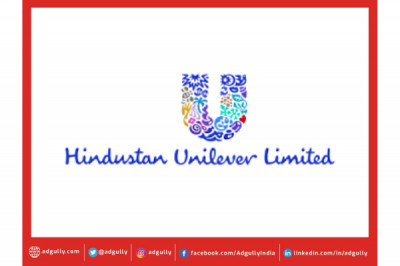


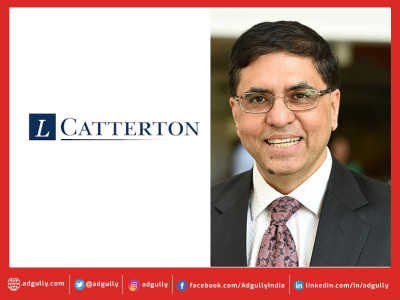

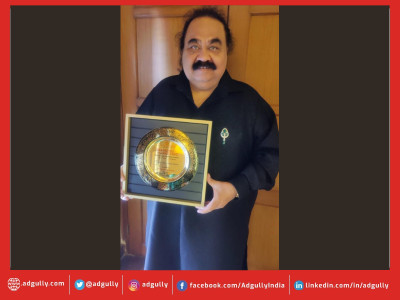
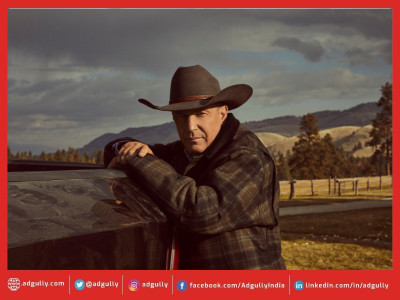
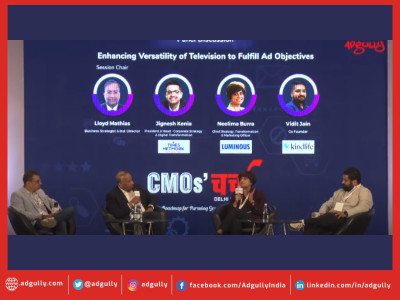


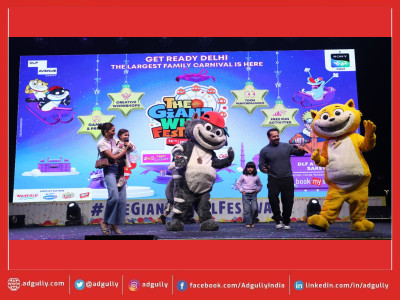
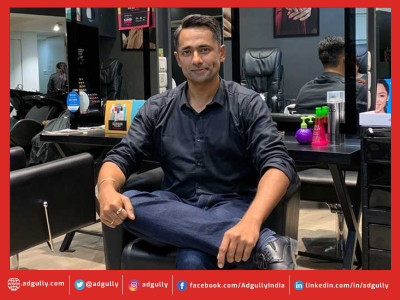
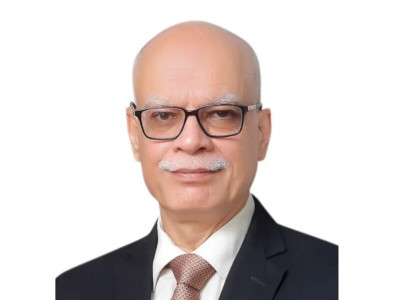


Share
Facebook
YouTube
Tweet
Twitter
LinkedIn